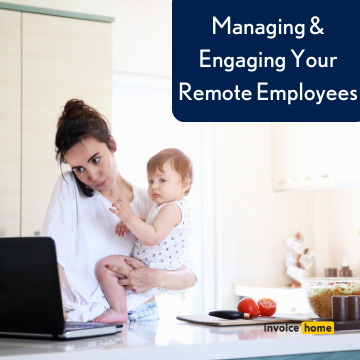Many want to go into freelancing, but it can be difficult to know where to begin. To learn more about how to get started in freelancing, follow these steps:
1. Choose a Specific Field
You probably have a general sense of the field you want to get started in. But narrowing that field down even further will help you get started, and get more work in the future.
If you’re looking to start freelance writing, think about what sort of writing you would like to do. Choose a more specific subsection, whether that’s writing journalistic articles, blog posts, or ad copy. For those looking to go into freelance developing, are you looking to do frontend development, or more behind the scenes backend work? The same goes for designers, artists, and any other field you can think of.
Think about what sort of work interests you, and pursue that first. If you get more specific and start with a niche, you’ll have a much easier time getting started.
2. Build a Portfolio
You don’t need to have direct experience in the field you want to start freelancing in. But you do need to have some sort of proof of your ability. Imagine if someone came to you and said “I’ve never touched a wrench in my life, but I’d be happy to install your new toilet!” You (rightfully) wouldn’t let them anywhere near your house. The same goes for potential clients who are looking for freelancers.
To show a potential client that you are qualified to start freelance work, it’s important to have a portfolio to show them. Even if you’ve never worked in that particular field before, putting together some sample works to show off your ability can go a long way.
For example, if you want to start freelance writing, write a handful of sample articles or blog posts about topics that interest you. If you’re a designer, build a portfolio with some of your art. Freelance developers especially should have a tangible thing so they can demonstrate their ability.
Being able to say “Here’s an example of my recent work,” goes a lot further than “Here is a list of my qualifications”. So start building your portfolio!
3. Reach Out
Once you’ve got your field narrowed down and your portfolio wrapped up, it’s time for the least exciting step of your freelance journey: reaching out to potential clients.
There are many ways to go about finding new clients as a freelancer. You can create a profile on sites like Fiverr or UpWork so that customers can come to you. New freelancers often share their content on social media sites, hoping to find interested people that way. Many also start by simply reaching out to people or companies in their desired field via cold email. It’s a great place to start! Just don’t get deterred by a long stretch of uninterested clients.
You might be wondering what the best way is to go about reaching out to new clients. Well the best way is actually… all of them! Don’t put all of your eggs in one basket. By diversifying your approach to finding new clients, you’re giving yourself a better chance to find a winner. It’s a lot of effort, but it’s well worth it!
4. Follow Up
By now, you’ve had a few clients and done a handful of projects for them. Awesome! But don’t let them get away. It’s time to put your networking skills to the test and nurture that new relationship. You’ll be surprised how often seemingly one-time projects turn into long-term clients for freelancers!
Start with a simple follow-up email. Something along the lines of “I enjoyed working with you on this project, and would love to work together soon in the future!” within a week of project completion is typical. But don’t be afraid to check in more often.
It’s good practice to send a client an email every month or two asking if they’re still looking for freelance workers. Even if there’s nothing on the table right now, it’s a great way to remain in the front of their mind whenever a new project does inevitably arise. So don’t feel awkward, follow up and keep that client!









